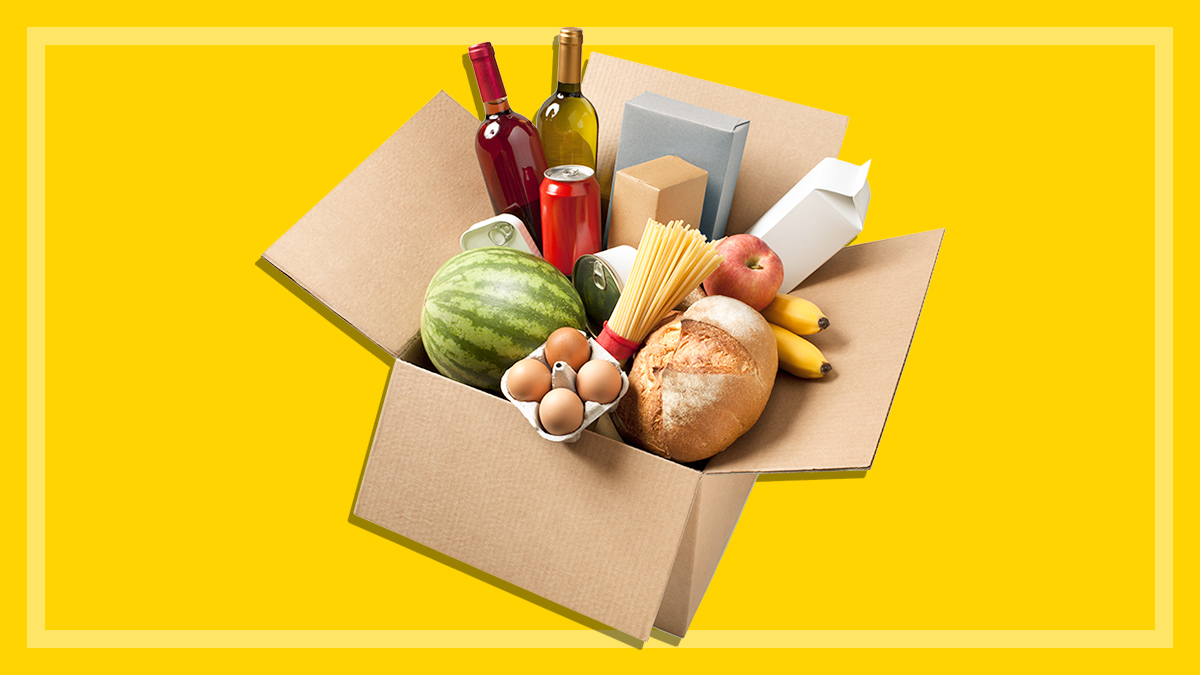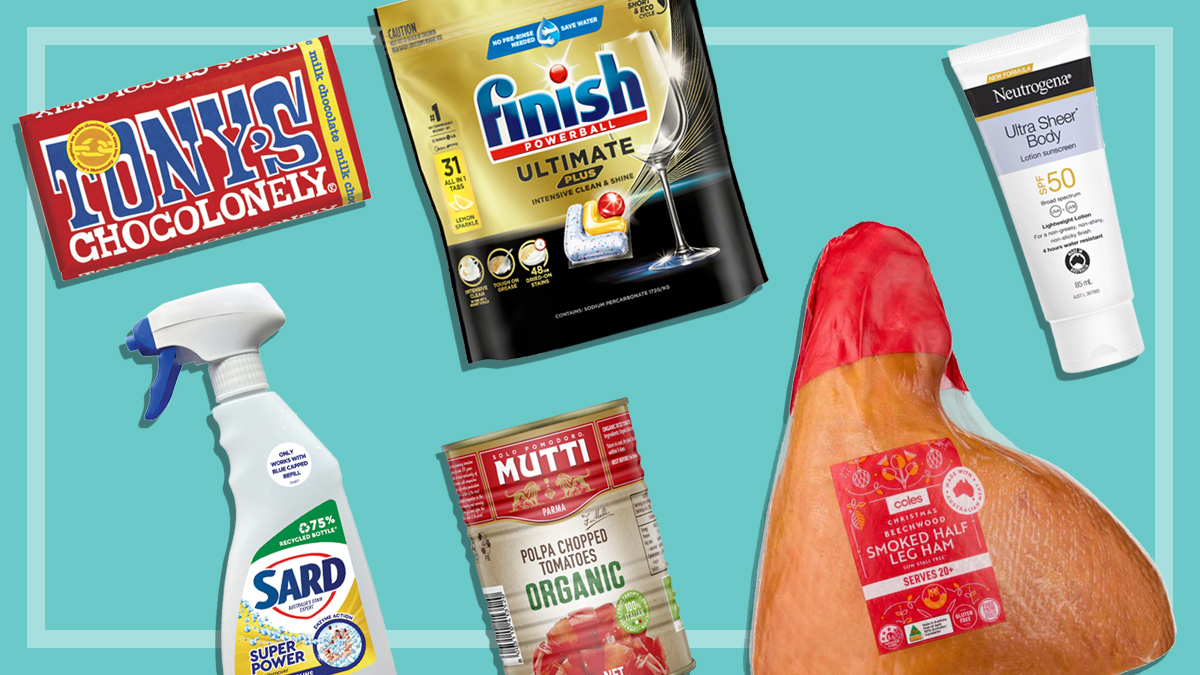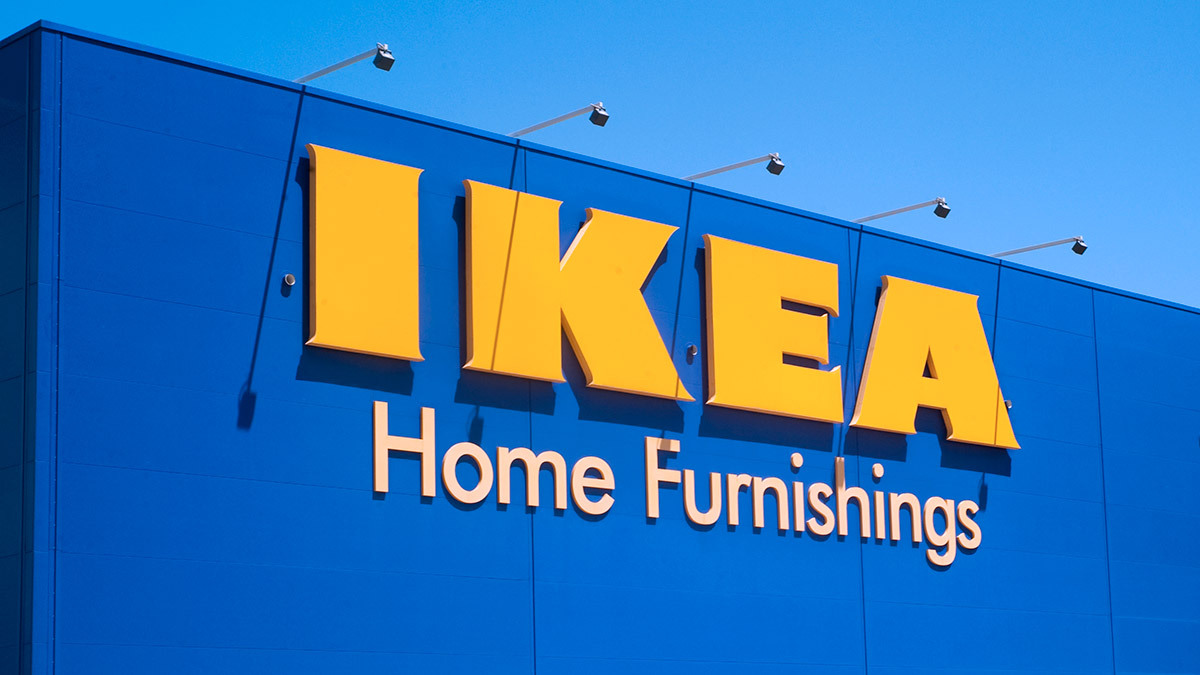Get our independent lab tests, expert reviews and honest advice.
Simple kitchen swaps to save time and money
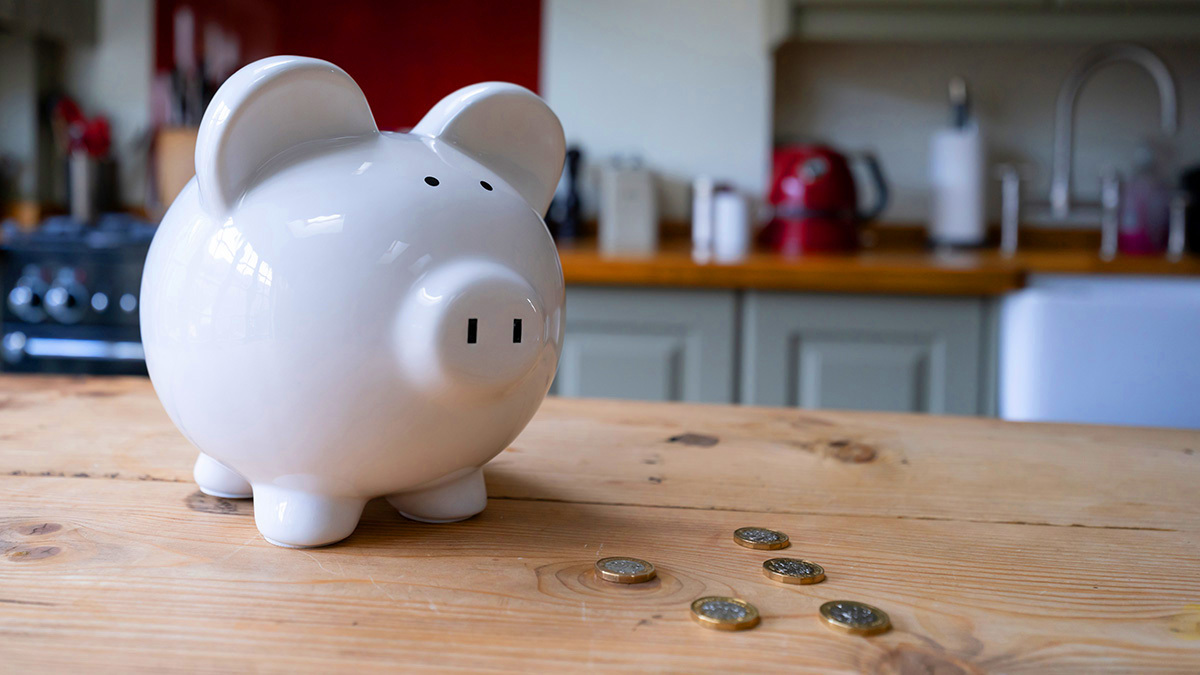
With grocery, petrol and electricity prices on the rise, chances are you’re already making some changes to the way you shop and cook.
Changing habits can be hard, but making a few simple swaps in the kitchen can free up your cash and your time – and reduce your impact on the planet too.
Here are some small changes that’ll make a big difference to your pocket, your schedule, and the environment.
Switch products
It’s hard to change old habits, like buying the same dishwashing liquid your mum used to use because you know and trust the brand.
Trying new things can be scary and potentially frustrating – especially if the new product doesn’t work as well as your old favourite.
But we’ve done all the hard work of trialling new products so you don’t have to – which means you can swap with confidence.
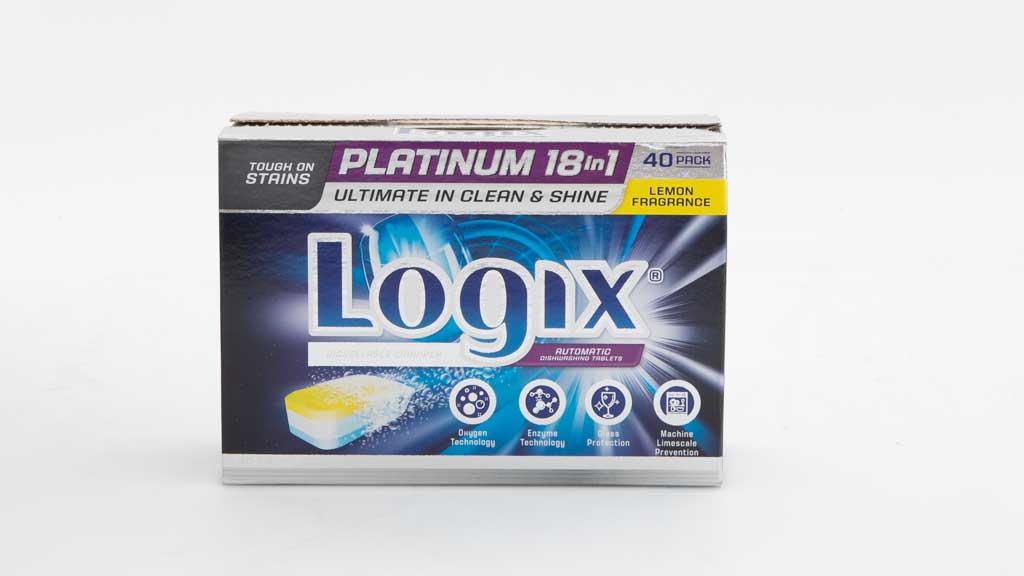
Switch your dishwasher detergent
Switching from brand name dishwasher tablets to a supermarket own-brand can halve your costs.
For instance, the top-performing product in our dishwasher detergents test is Aldi’s Logix Platinum 18 in 1 Dishwashing Tablets, costing just 19 cents per wash.
Compare these with a leading brand-name product like Finish Powerball Quantum Ultimate Pro Tabs Lemon Sparkle, which cost 43 cents per wash – more than twice as much as the Aldi product.
Switching from brand name dishwasher tablets to a supermarket own-brand can halve your costs
And for less than half the price, you’ll get better performance too: our experts scored the Finish product 76% while Aldi came in ahead at 78%. Better performance for half the price – that’s a win-win!
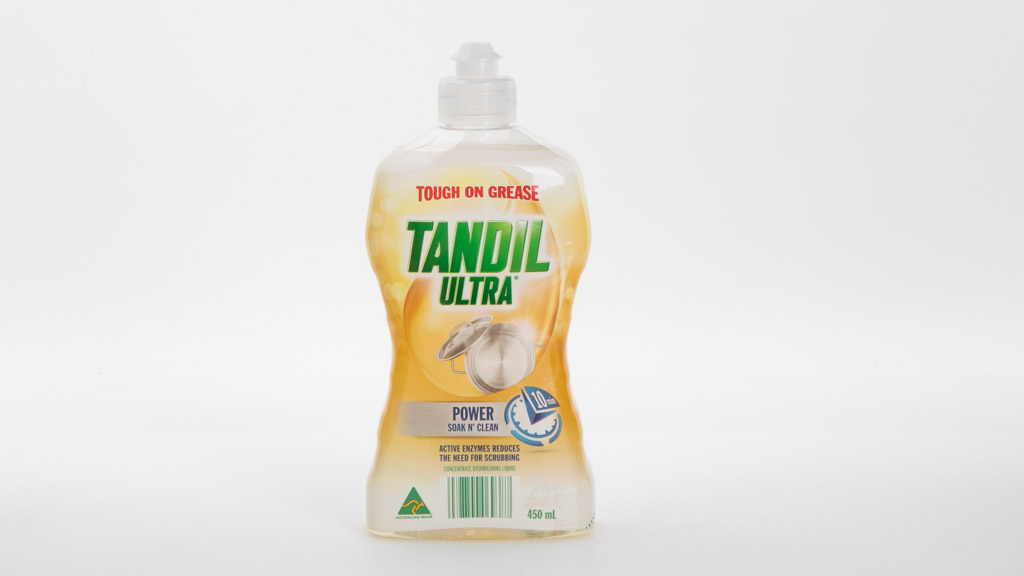
Switch your dishwashing liquid
If you’ve been a diehard Morning Fresh fan for years, it might be time to rethink your approach. When we tested 42 dishwashing liquids, Morning Fresh Ultra Concentrate Lemon topped the class, with our experts scoring it 90% overall.
But do you know what else scored 90%? Aldi’s Tandil Ultra Power Soak n’ Clean Concentrate Dishwashing Liquid – and it costs around 2.5 times less per 100mL!
Not only that, but the Aldi product is made in Australia, while the Morning Fresh comes all the way from Poland – so you’ll be reducing your carbon footprint and your spend.
Switch to supermarket house brands
Supermarket house brands used to be poor substitutes for the real thing, but now they well and truly rival big national brands.
While some house brand products still leave a lot to be desired, many of them are either on par with or even outperform commercial brands.
When we compared own-brand products from Coles, Woolworths and Aldi, we found plenty of good reasons to make the switch from branded products.
See how they compared: Which house brands win on taste?
Switch your kitchen cleaner
Do you have a different cleaning spray for every room in the house? You can probably ditch most of them. Our cleaning experts have found there’s virtually no difference between dedicated kitchen cleaners and multipurpose cleaners – so save yourself some time, money and cupboard space by sticking with just the one spray.
“You don’t need to buy 57 different cleaning products – just use the same one for everything,” says CHOICE cleaning expert Ashley Iredale.
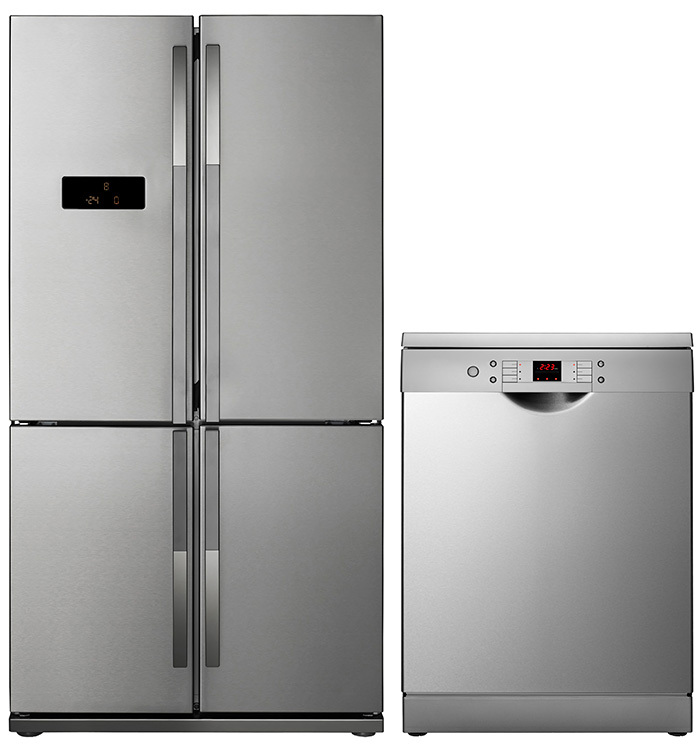
Optimise your appliances
They’re the most expensive items in your kitchen, and the most energy-hungry, so it makes sense that you can make the biggest difference by choosing your kitchen appliances wisely, and using them as efficiently as possible.
Buy the best appliances you can afford
Since you’re going to be dropping so much money on these purchases, you’ll want to get them right. Whether you’re looking for a top-of-the-line French-door fridge with a water dispenser or a simple freezer-on-top situation, make your dollar work for you by choosing the best appliance in your price range.
You can filter our expert reviews by price, size, style and features to help you find exactly what you’re looking for.
And that doesn’t always mean buying the most expensive: we regularly find lower-priced gems that match or even outperform their exxy counterparts.
Take a look at our ‘Splurge vs save’ series, where we compare expensive appliances with cheaper ones to see which comes out on top:
Set your fridge up for success
Aside from buying the best fridge for your needs, the next best thing you can do is make sure you’re giving your fridge the best chance of performing at its peak.
That means things like:
- When buying a new fridge, don’t buy bigger than you need – bigger fridges cost more to run.
- Checking your fridge and freezer temperatures with a thermometer and adjusting if necessary. (3°C for the fridge and -18°C for the freezer are the optimal temperatures for food storage and energy efficiency.)
- Make sure there’s adequate clearance around your fridge (at the top, sides and back) – if air can’t circulate around the fridge, then it’ll have to work harder to stay cold.
- Don’t run your freezer colder than -18°C as it’ll just use more energy for no benefit.
- Plan ahead when you’re cooking so you don’t open the fridge door any more than you need to.
- Don’t put steaming hot food straight into the fridge – let it cool on the bench until it’s stopped steaming first. Just don’t let hot food cool completely on the bench – it’s a food poisoning risk. But if you put it in the fridge as soon as it’s stopped steaming, your fridge won’t have to work as hard to cool it down.
- Use your freezer space: a freezer can save you money by keeping foods for longer and giving you easy meal options instead of buying takeaway. You can store nuts and seeds in the freezer to stop them going rancid, and pop herbs into the freezer to use later.
For more tips, check out our top 10 fridge dos and don’ts.
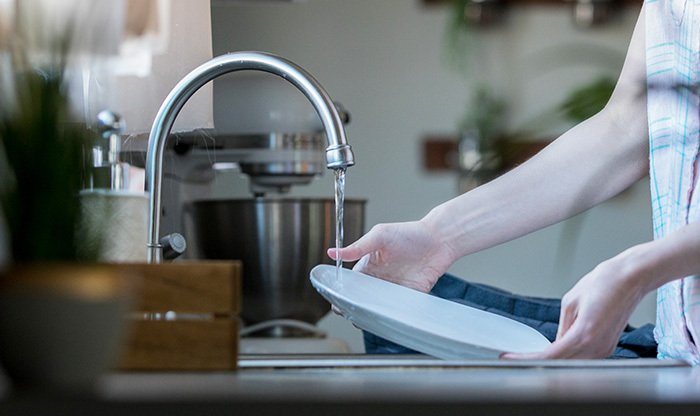
Treat your dishwasher well
As with any appliance, if you look after your dishwasher it’ll look after you. But you’ll want to take extra good care of the appliance that cleans the things you put in your mouth!
First up, don’t bother rinsing your dishes before stacking them in the dishwasher – they’ll actually get a better clean if you don’t clean them off first. Seems counterintuitive, but we promise it’s true! If the dishwasher thinks the dishes are clean then it won’t use as much power for the cycle – which could leave you with still-dirty dishes.
“You’re better off scraping solids into the bin and letting your machine do the rest,” says Ashley.
By scraping instead of rinsing, you’ll be saving yourself time and money, while reducing your water usage. Wins all around.
If you’re not washing heavily soiled plates and pans then your eco mode will probably be sufficient
Ashley Iredale, CHOICE whitegoods expert
Your dishwasher does so much cleaning for you – give it some love by cleaning it in return. A bowl filled with two cups of white vinegar will take care of things for you. Just pop the bowl in a rack, then run the dishwasher. Pause the cycle in the middle for half an hour to give it a good soak.
Another way you can be kind to your dishwasher and the planet is to use the eco cycles on your dishwasher.
“You should aim for the lowest energy cycle that can get the job done,” says Ashley.
“If you’re not washing heavily soiled plates and pans then your eco mode will probably be sufficient.
“I encourage you to experiment with it and if it works for you, then great – you’ve reduced your running costs.”
Switch what you need to buy
Our kitchen autopilot tendencies also extend to the grocery shopping: we usually buy the same few things over and over, and rarely deviate from our preferred brands and products.
If you’re game to change things up, however, you can save yourself time and money while feeling good about helping the environment.
Don’t buy it. Blitz it yourself!
“A food processor is one of the best appliances you can invest in to save money and time, and help the environment,” says Fiona Mair, CHOICE kitchen expert.
If pre-shredded coleslaw is on high rotation in your house, try shredding fresh produce instead with your food processor. (It’s also great for shredded cheese.)
Not only is it much cheaper than buying pre-packaged, your food will be fresher since you’ll be shredding it to order. And just think about how much less plastic waste you’ll be creating!
A food processor is one of the best appliances you can invest in to save money and time, and help the environment
Fiona Mair, CHOICE kitchen expert
“Nutrients – particularly water-soluble vitamins such as vitamin C – start to deplete as soon as you process foods, so slicing or shredding fresh produce just before eating it will ensure you get the maximum nutritional benefits,” says CHOICE food expert Rachel Clemons.
Sure, it does take a bit more time than grabbing a pre-packaged bag off the shelf, but once you’ve given it a go you might find that it’s well worth the effort.
Espresso yourself
Australia’s café culture is so strong that we risk being shouted down for this, but here goes: you could save yourself hundreds (or even thousands!) of dollars a year if you buy an espresso machine and DIY your coffee instead of buying it at a café.
This isn’t exactly news. But it’s something that many of us just don’t consider because it seems expensive, or too much hard work, or just too tricky. But coffee machines come in such a large range of styles and prices – all suited to different skill levels – that it’s likely you’ll find a machine that’s right for you.
This is one swap that’ll definitely pay off: it’ll save you time and money, and can prevent hundreds of single-use coffee cups ending up in landfill each year. And the coffee grounds can go into your compost bin (see below) and benefit your garden.
Still not convinced? We’ve done the sums for you: Is it worth owning your own espresso machine?
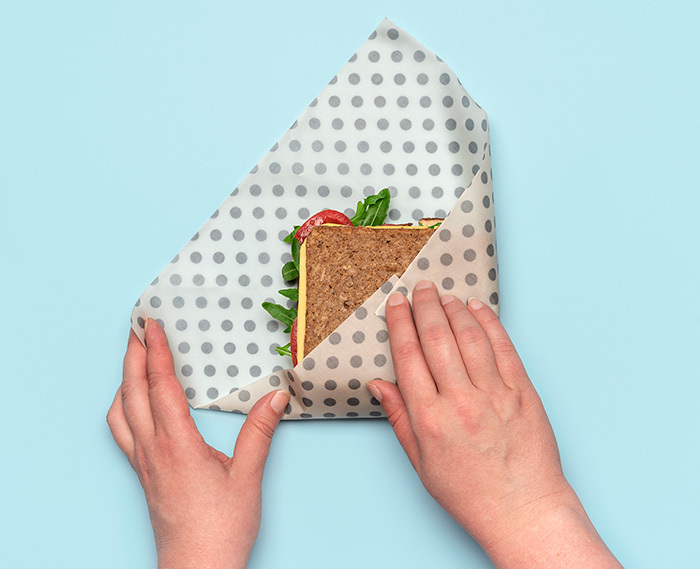
Pack it, don’t wrap it
One big change you can make in the kitchen is to do away with plastic food wrap.
If you’ve relied on cling wrap your whole life, giving it up might seem like too big a challenge. But even just reducing how much you use will make a big difference.
If you’re not keen on beeswax wraps or other reusable food covers, you can always switch to reusable plastic containers. Instead of buying plastic wrap that’s used once and then ends up in the bin (or hopefully in a RedCycle bin!), you could buy a set of plastic containers that you can use over and over again.
You could buy a set of plastic containers that you can use over and over again
“And don’t throw away empty jars – collect and reuse them for jar salads, single-serve soups, and open packets of nuts, seeds and spices,” says Fiona.
Or if you have the money, a Tupperware set will last you a lifetime – and save kilos of hard and soft plastic waste. We talk you through the pros and cons of buying an expensive brand like Tupperware here: Cheap vs expensive plastic food containers.
Put your waste to good use
So much of our food ends up in landfill, creating methane that contributes to climate change.
If you feel guilty at the thought of wasting food, there are ways you can put your food waste to work.
Depending on your living situation, you could either set up a composting system (including a Bokashi system, worm farm, or compost bin), or get some chooks who’ll be only too happy to take care of your food scraps. Start with a kitchen compost caddy that sits on your kitchen bench to collect the scraps.
If you don’t have the space for any of these options, try to find someone in your neighbourhood who does – you could turn your food scraps into free eggs, worm juice, or beautiful compost!
Give up the bottle
If you like to treat yourself to sparkling water, you probably have a bin full of plastic bottles, a lighter wallet, and sore arms from carrying all those bottles home from the shop.
A soda maker can take care of some of those issues. You can make fizzy water at home whenever you want, to your preferred level of carbonation.
Think this might be an option for you? Read our article Should you buy a Sodastream? and check out the pros and cons.

